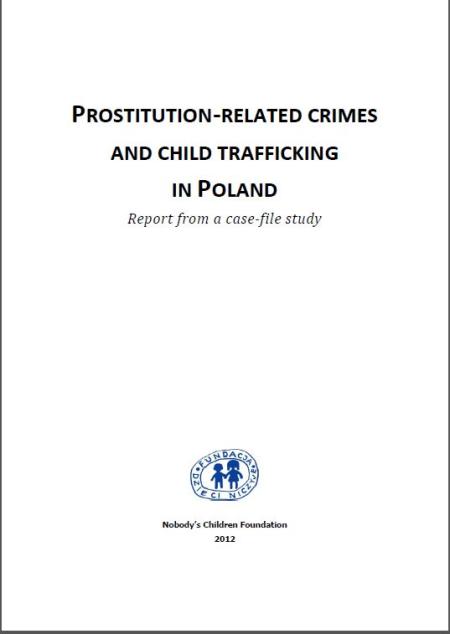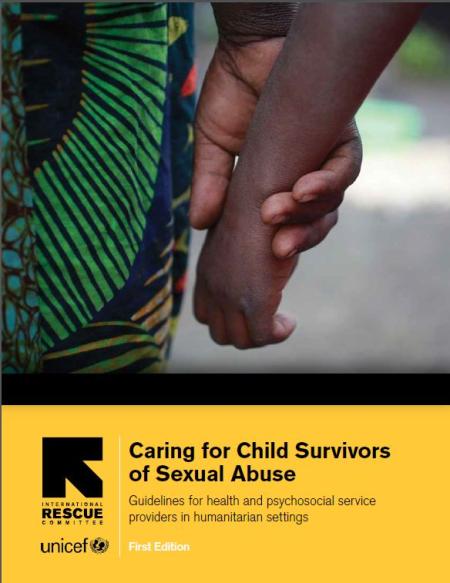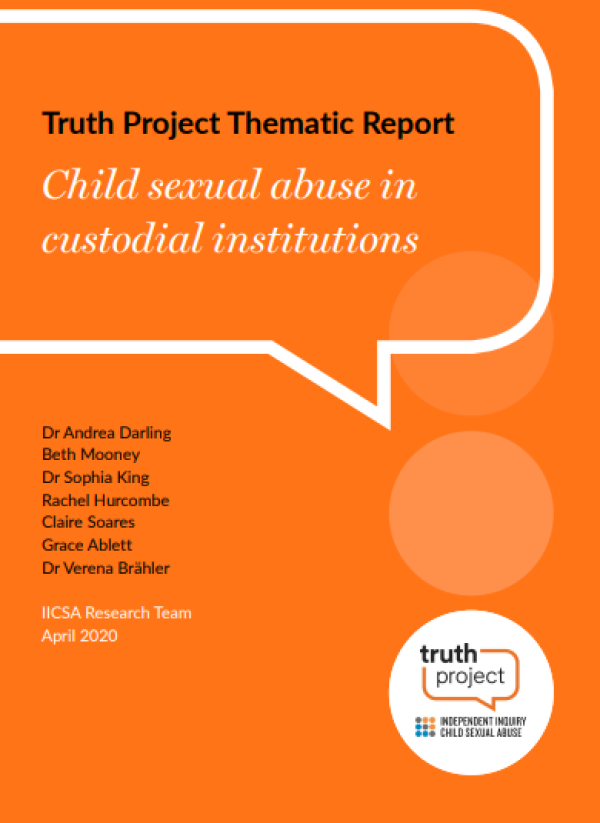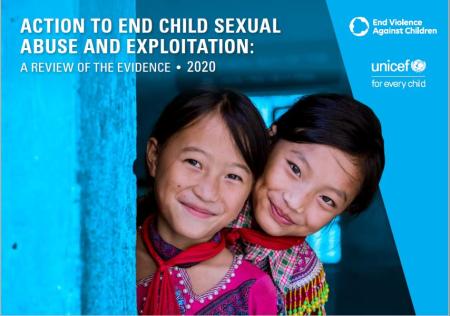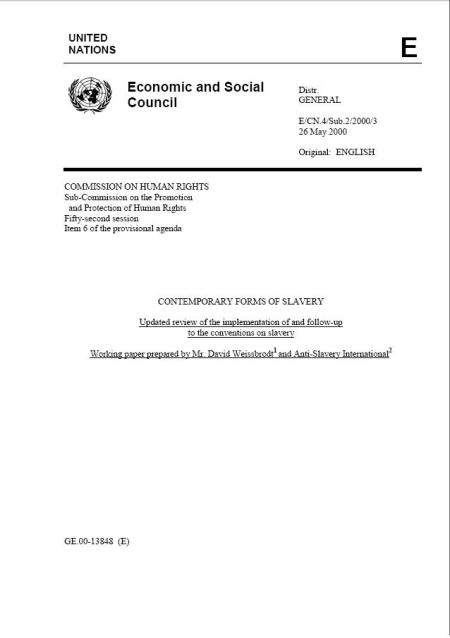
The researchers worked to understand the behaviours of perpetrators "who sexually abused children across a broad range of contemporary institutional contexts in England and Wales". The study analyzes the circumstances and other factors of sexual abuse and how the institutions worked to identify and take measures.
The research questions were:
- What is acknowledged about the perpetrators and what are their offending strategies?
- How do the professionals and institutions discover the cases and what do they do to mitigate the risks of child sexual abuse?
Out of 43 DBS case files, half of the perpetrators were between 19 and 34 years old and male while the majority of the victims were under 15 and female. Some cases even included multiple children.
7 Key Findings of the Research
1. Perpetrators use the same tactics and methods to sexually abuse children.
The process is gradual and they become close with the children and their families. They were often perceived as decent, well-liked by co-workers which might have resulted in offending behaviour being kept down. They either deny their crimes, describe it as if happened with mutual consent, blame the victims, or admit the abuse but explain it as "mistakes or poor judgments".
2. In most cases, it happens in isolated places away from the institutions or in private places.
The locations include cars, hotels, or the child or perpetrator's home and they looked for private spaces to remain undetected. They targeted children on social media platforms so that they can have access to children.
3. Child sexual abuse mostly occurred using technology or online.
Social media was used by the perpetrators to commit child sexual abuse and they gradually earn their trust by instant messaging and developing relationships. The situation sometimes gets intensified by the use of sexual language, images, live-streaming or video calls and the perpetrators tend to have constant contact with the children.
4. "Institutional cultures allowed informal contact and over-familiarity between alleged perpetrators and children, and this enabled individuals to sexually abuse children without raising suspicions."
The informal communication between children and adults is normalised such as by sharing cars together, socialising, having friends, and going to pubs or restaurants. It includes all types of community sectors and in most cases, the perpetrators developed an informal relationship with the children without any suspicions.
5. Alleged perpetrators explain sexually abusive relationships as romantic, mutually agreed relationships.
The relationships were usually combined with consensual and romantic relationships. Due to the consequence of normalising, the institutions had difficulties assessing the risk of harm where abusive relationships happened between adults and children. In some cases, children are unable to recognise the sexual abuse and the child sexual abuse was concealed.
6. There were many missed opportunities to protect children because the concerns and disclosures were not always shared by the professionals and institutions.
"Disclosure pathways were often poorly established which may have made it difficult for children, peers or concerned adults to raise concerns." Lack of information sharing and miscommunication between institutions, missing the perpetrators' behaviour, inconsistencies, and improper investigations led to difficulties in addressing the concerns officially.
7. "Institutions and staff did not consistently apply safeguarding policies and had narrow understandings of safeguarding responsibilities."
The quality and frequency of safeguarding training were different depending on the institutions. There were social media policies that restricted the use of social media when communicating with students, however, the compliance was often poor. Besides, there were unclear norms and policies which contradicted whether it should be unacceptable or not. Safeguarding policies were not taken seriously as "everybody's business" and conducting complex safeguarding processes might have been challenging for the institutions.


